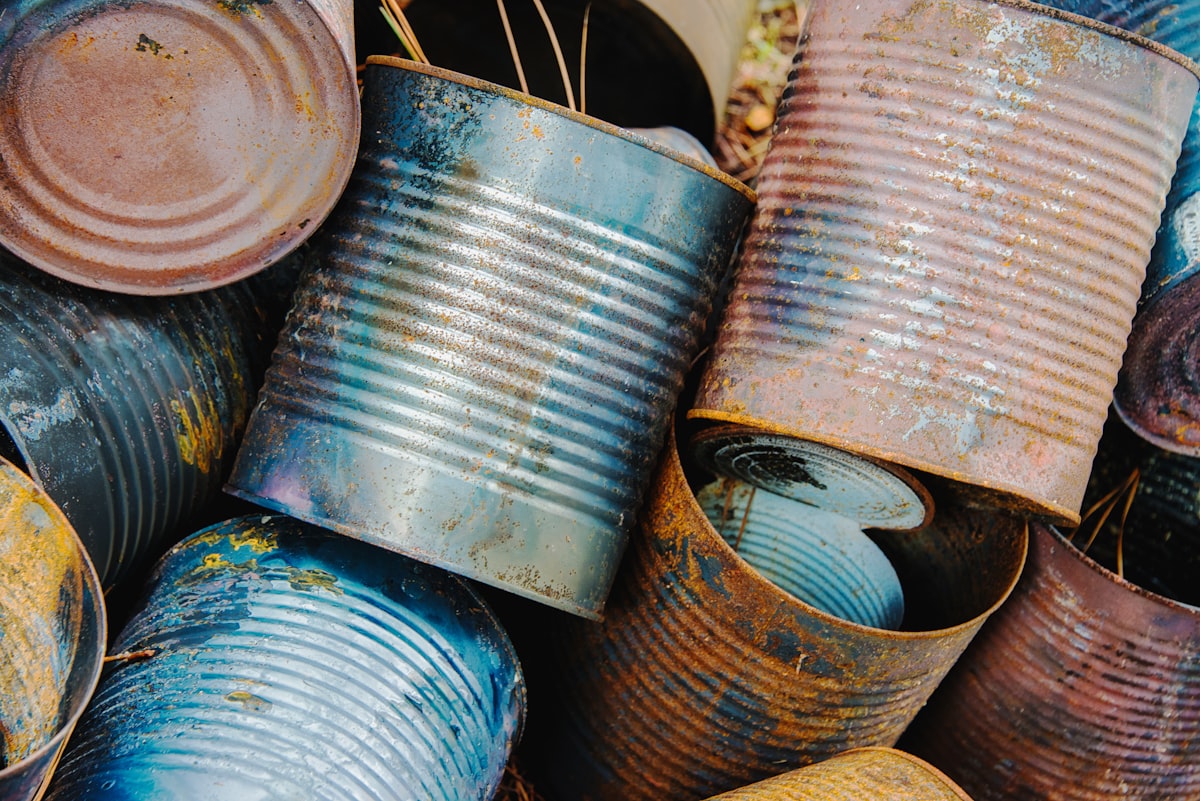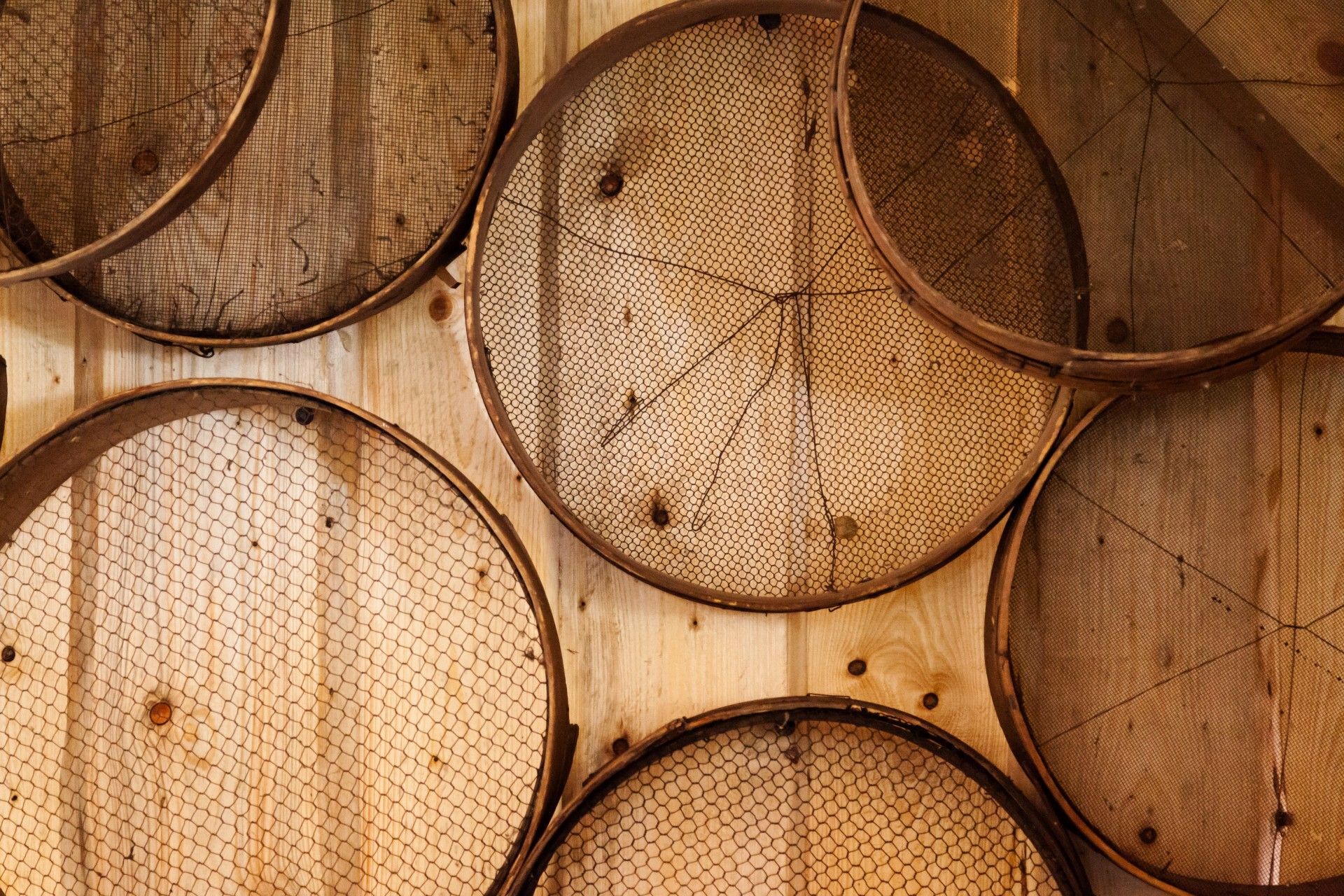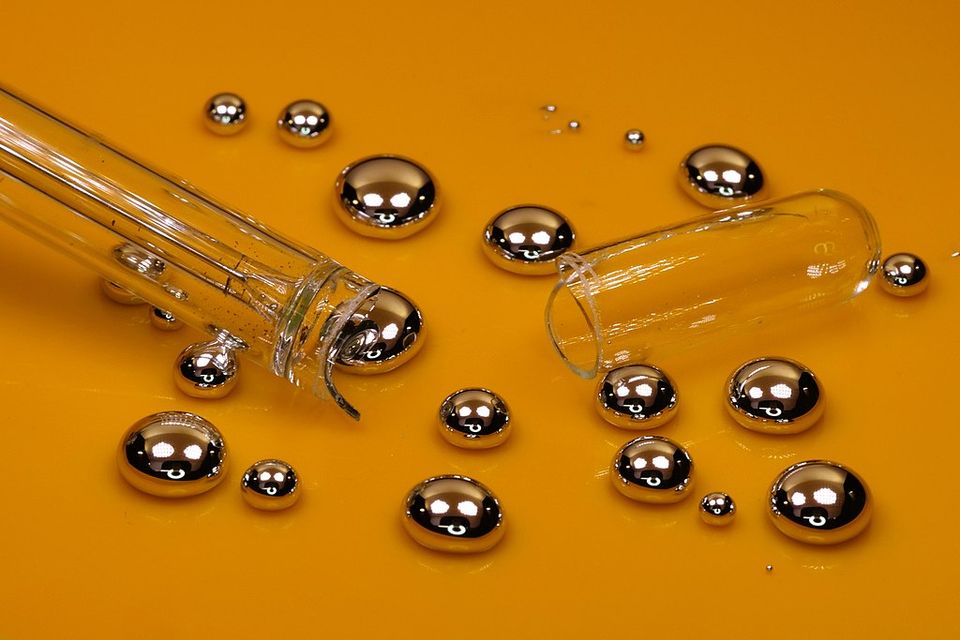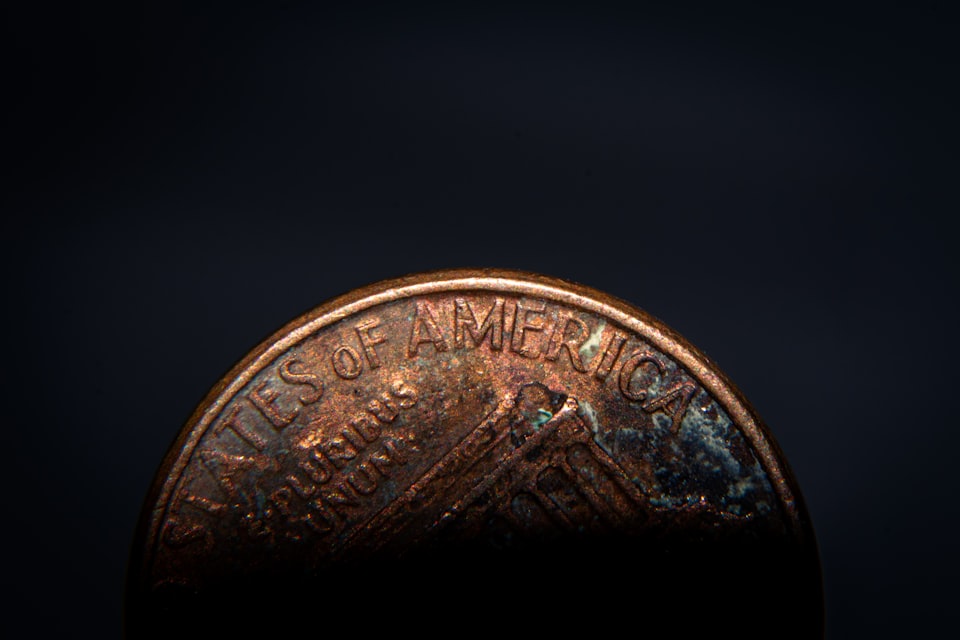VI: Tin
Where did all the tin come from in the Bronze Age?

Good morning. Today is sextidi, the 26th of Nivôse, Year CCXXXI. We celebrate l'étain, the famously fragile metal you can cut.
Archaeologists and historians have a tin problem. The Bronze Age needed tin the way our modern age needs oil, and it was a similarly scattered resource located in far-flung regions. Copper abounded, but the tin to mix it with in order to forge the sturdy bronze – the material that made superior weapons and ships and ornaments – was nowhere near the population centers of the Eastern Mediterranean.
So where did all the tin come from?
One big clue is in a 3,500-year-old shipwreck discovered off the coast of Turkiye in CXC (1982). Called the Uluburun, the large ship is the oldest-known vessel carrying raw materials for trade, including ingots of copper and tin. By studying the trace isotopes of lead in each, archaeologists are starting to pinpoint where the metals were mined, and the answer is creating an even bigger tin problem.
We know where it came from. But how the heck did it get there?



